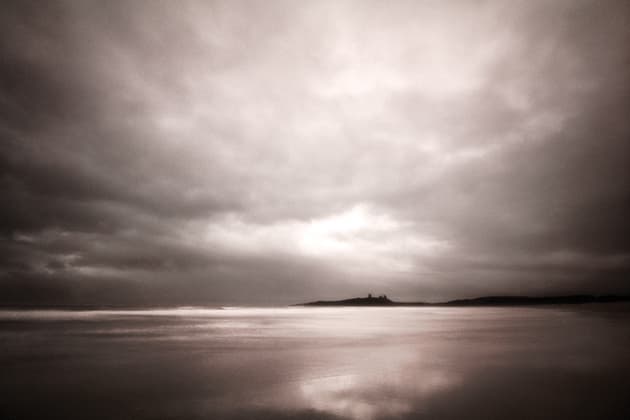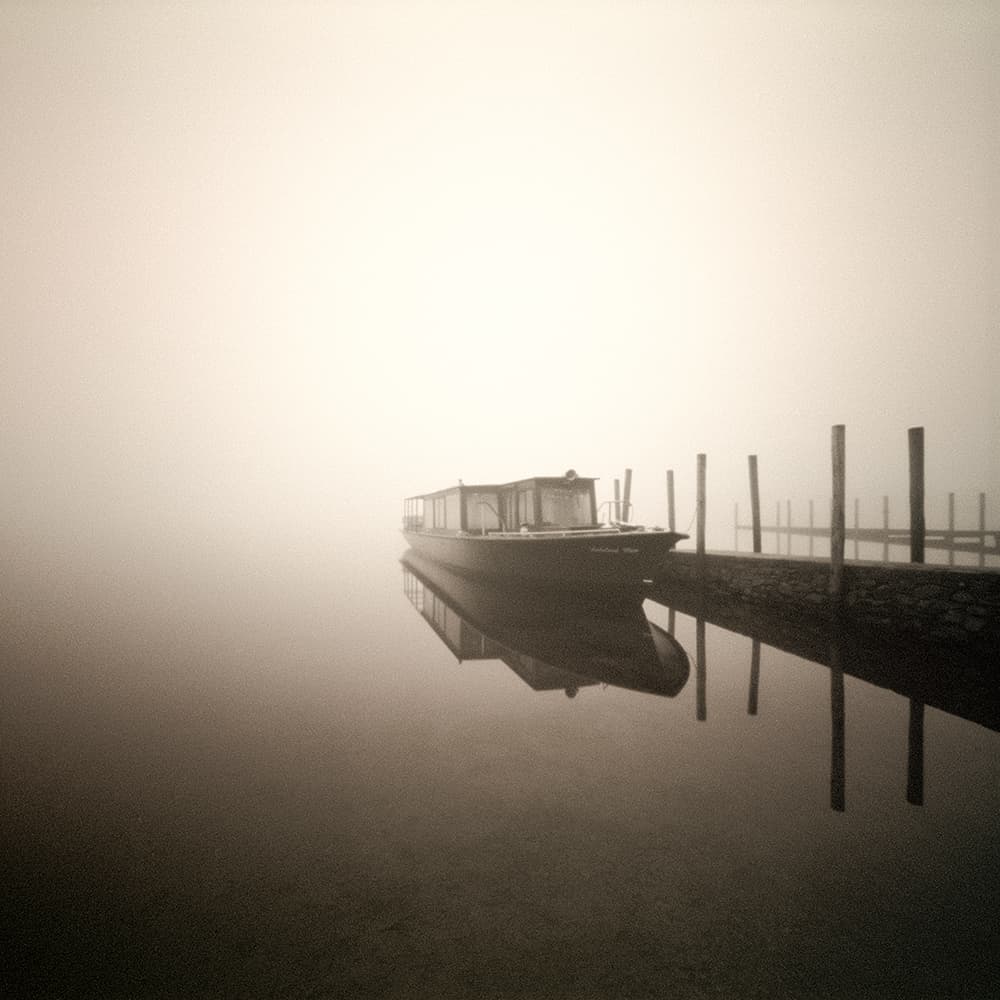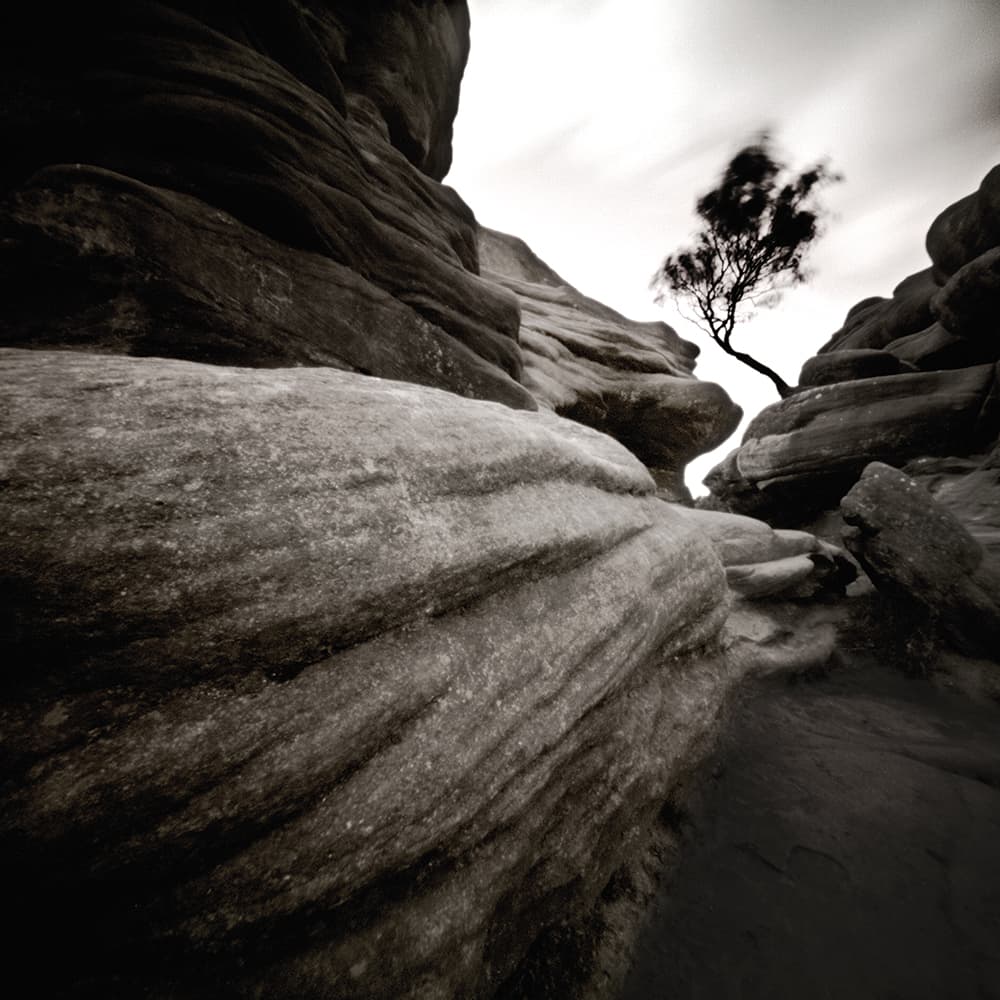
Stunning ultimate image quality and going back to basics can liberate your photography. All images by Steve Gosling
It’s great to be a photographer in the 21st century. Available to us is an immense variety of cameras equipped with effective autofocus, reliable metering systems, a wealth of shooting modes and high-quality optics. The technology of the digital age has made it easy for any photographer to get a sharp and well-exposed image.
It’s ironic, then, that a growing number of photographers are seeking a back-to-basics approach using simple toy cameras, pinhole cameras, ‘vintage’ cameras with non-coated optics, and basic ‘point and shoot’ film cameras for low-fi photography. Some are even fitting plastic optics or pinhole converters to their digital cameras.
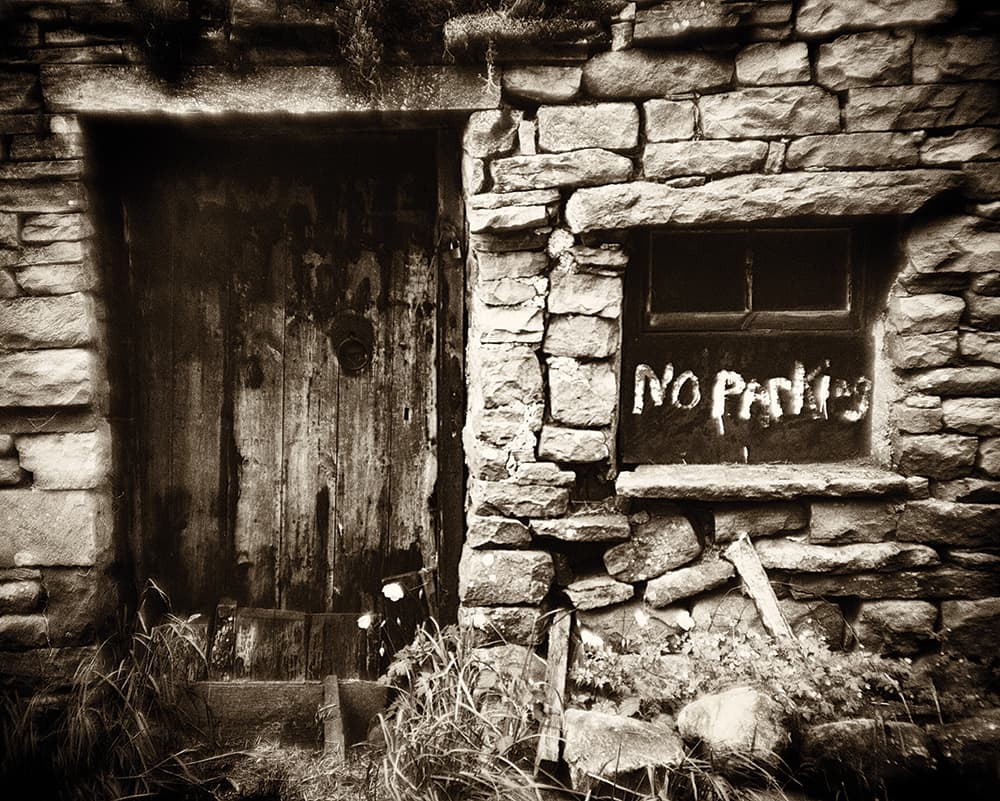
Blurred sections of the frame and vignetting are part of the charm of shooting with lo-fi kit
Why shoot lo-fi?
The chief attraction of this low-tech approach is that many of these options are relatively cheap, so experimentation doesn’t cost a fortune. They also make a welcome change from what some photographers regard as the predictable, clean and sterile images produced by digital cameras.
For example, toy cameras such as the Holga and Diana are popular with fine-art photographers who appreciate the soft, dreamlike images they can produce. Vignetting, blurred images and light leaks are all part of these cameras’ appeal. Predictable they are not.

Using a Holga lens on your DSLR or mirrorless camera can produce distinctive-looking images
Other alternatives
For those who want more predictability and better build quality, but still seek the low-tech experience, there are alternatives that can be picked up fairly cheaply. Cameras in my collection include a 1940s Czech-made TLR, a couple of Olympus Trip 35s (a ‘classic’ that is still available on eBay for the cost of a couple of pints of beer), a more recent Olympus XA3 (bought in mint condition from a charity shop for £12) and a refurbished Polaroid SX70 camera. They are all very basic and simple by today’s standards, but are capable of producing great images that have their own unique character.
A further step away from the technological sophistication of a digital camera is lensless photography using cameras that produce images without the need for any optic. I am a great fan of pinhole photography and use a camera that is simply a wooden box with a hole in the front – no viewfinder, metering or autofocus options here!
If this sounds too radical for you, then you can dip your toe into the world of lensless photography by getting a body cap converted into a pinhole ‘lens’ or by buying a Lensbaby which offers a pinhole/ zone plate option and fitting these to your latest digital camera. I’ve also used Holga lenses and simple body-cap optics on my Olympus Micro Four Thirds cameras to give me the best of both low-tech and high-tech worlds.

Accepting the technical imperfections of your kit can stimulate your creative juices
Advantages
One of the biggest advantages of shooting with relatively inexpensive low-tech equipment is that you’re more likely to use it in conditions in which more sophisticated and expensive gear would remain cosseted in a camera bag. I’ve used my pinhole cameras in pouring rain and had them soaked by incoming waves that caught me unawares, and they have survived.
Also, not being overly concerned about technical perfection – accepting flare, vignetting, soft edges to images, inaccurate exposures, guesswork focusing – and working within the limitations imposed by low-tech gear, can actually stimulate the creative juices. Learning to accept a lack of control, and going with the flow, relaxing and recognising that the unknown and the unexpected are all part of the fun, can be incredibly liberating. I’ve found that simple equipment like this encourages me to pay greater attention to the image and its inherent qualities, rather than being distracted by the thing being used to capture it.
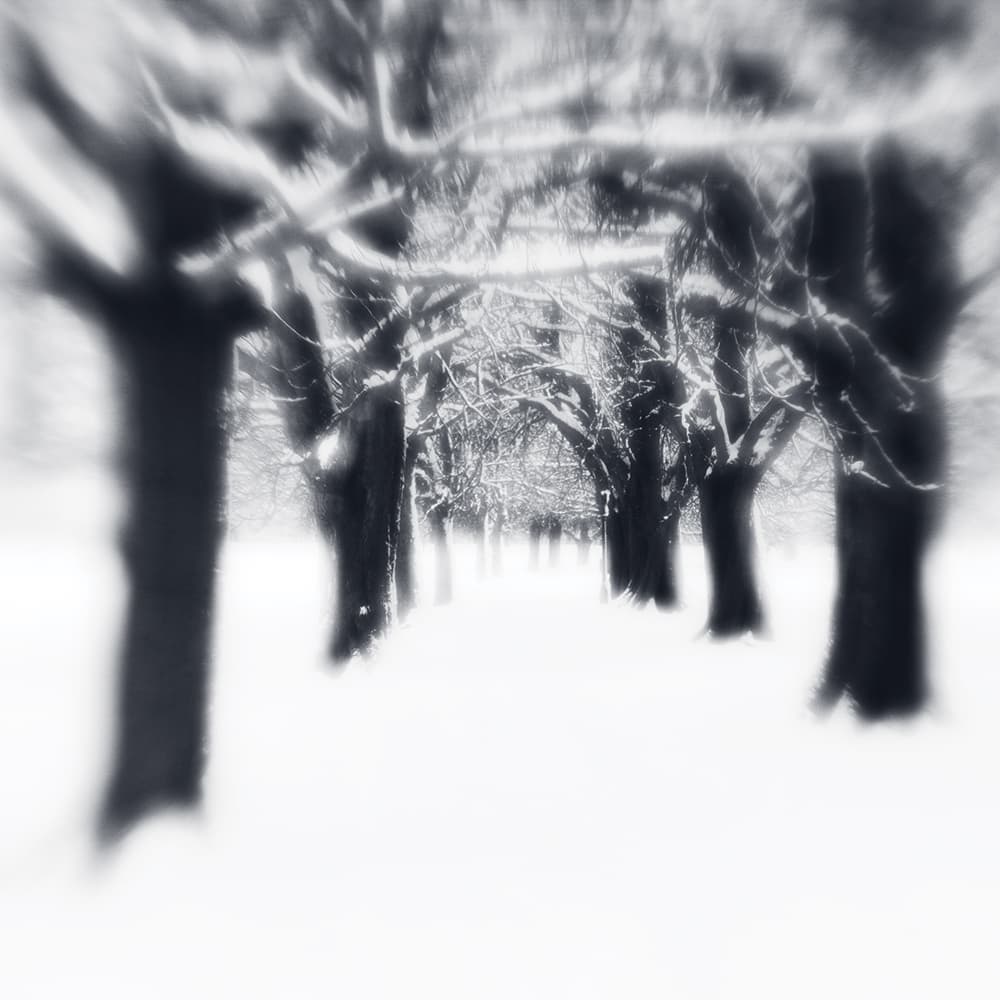 Match the subject and technique
Match the subject and technique
There are no set rules about what to photograph. In the spirit of flexibility and impulsiveness, try everything; the key is to match technique and subject. For example, in black & white pinhole photography I’ve found that simple, minimalist images work best, while in colour I look for subjects emphasising bold, graphic shapes. It’s obvious that images dependent on texture and fine detail are best not shot with a plastic optic or pinhole camera. Trial and error are the name of the game.
Low-tech photography may appear to be all a bit of fun, and it certainly is. This alone would justify giving it a go, but it can also offer a relatively cheap way to get us out of the creative rut we all find ourselves in from time to time. Lo-fi photography can be just what the doctor ordered to get those creative juices flowing again. You never know, it might lead to a whole new direction for your photography. As I know only too well, once the low-tech bug bites, there’s no going back.
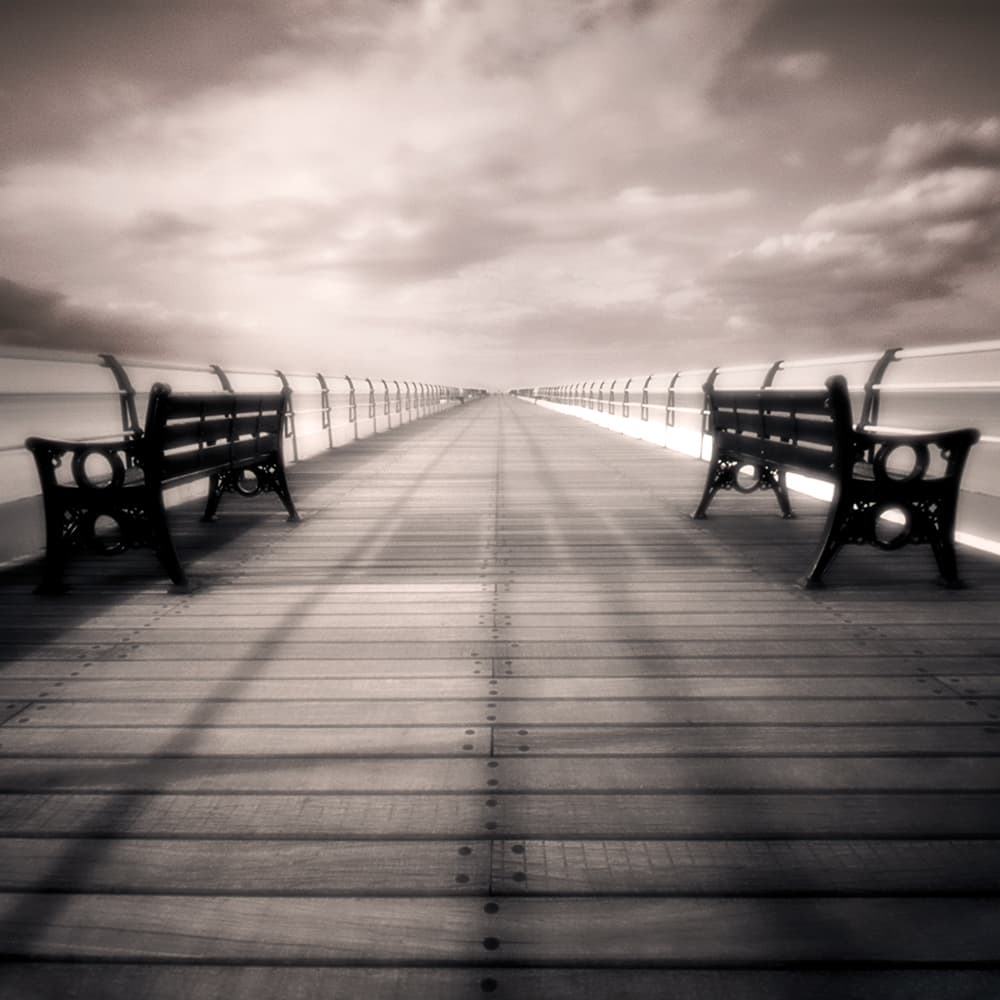
Trial and error are the name of the game
Low-tech photography in the digital age
Lo-fi photography doesn’t have to be confined to film. For those photographers wedded to the speed, convenience and flexibility of their digital cameras, there are a number of ways to combine the best of both worlds.
It is possible to buy a toy camera lens adapted to fit onto a digital camera to give you that classic blurred and vignetted look, but you won’t get the light leaks associated with a classic Holga film camera.
You can also buy a DSLR body cap fitted with a simple plastic optic that has variable apertures. It’s called a Loreo Lens in a Cap (www.loreo.com), while Olympus also makes a body-cap lens for Micro Four Thirds cameras.
And don’t forget Lensbaby optics and the wealth of options it offers. These include a host of optical attachments that can create soft-focus, toy-camera and vintage-lens looks, among others.

A dedicated body-cap lens offers a stripped-down way of shooting
Top tips
Enjoy the freedom
Lo-fi photography encourages a more playful and relaxed approach; spontaneity becomes a way of life. Learn to be less controlled and more experimental. For example, don’t frame precisely but, instead, shoot from the hip or from unusual angles. Guess exposure settings and try shooting subjects you wouldn’t normally tackle.
Shoot some film
Give good old film photography a try. Film choices are becoming more limited, but there remain a number of options out there. Process the film at home or use a specialist processing lab to develop and contact-print the films, and then select which negatives to print or scan and work on.
Do it on a budget
Look for cheap cameras and lenses in charity shops, at camera fairs or at car-boot sales. Good-quality second-hand film cameras can be picked up from camera dealers. A lack of demand now means bargains can be readily found.
Kit list
Holga HL lens
Available in a range of lens mounts, this features a fixed f/8 aperture.
Loreo Lens in a Cap
As the name suggests, this is a lens cap with an aperture range from f/5.6 to f/64.
Holga starter kit – wide to tele
Coming with an HL lens, this kit features both wide and tele adapters.
Lomography Experimental Lens kit
Kit includes fisheye, wideangle and standard lenses for Micro Four Thirds cameras.
Lensbaby Composer
There’s now a choice for focal lengths offering either sweet or edge-blur options.
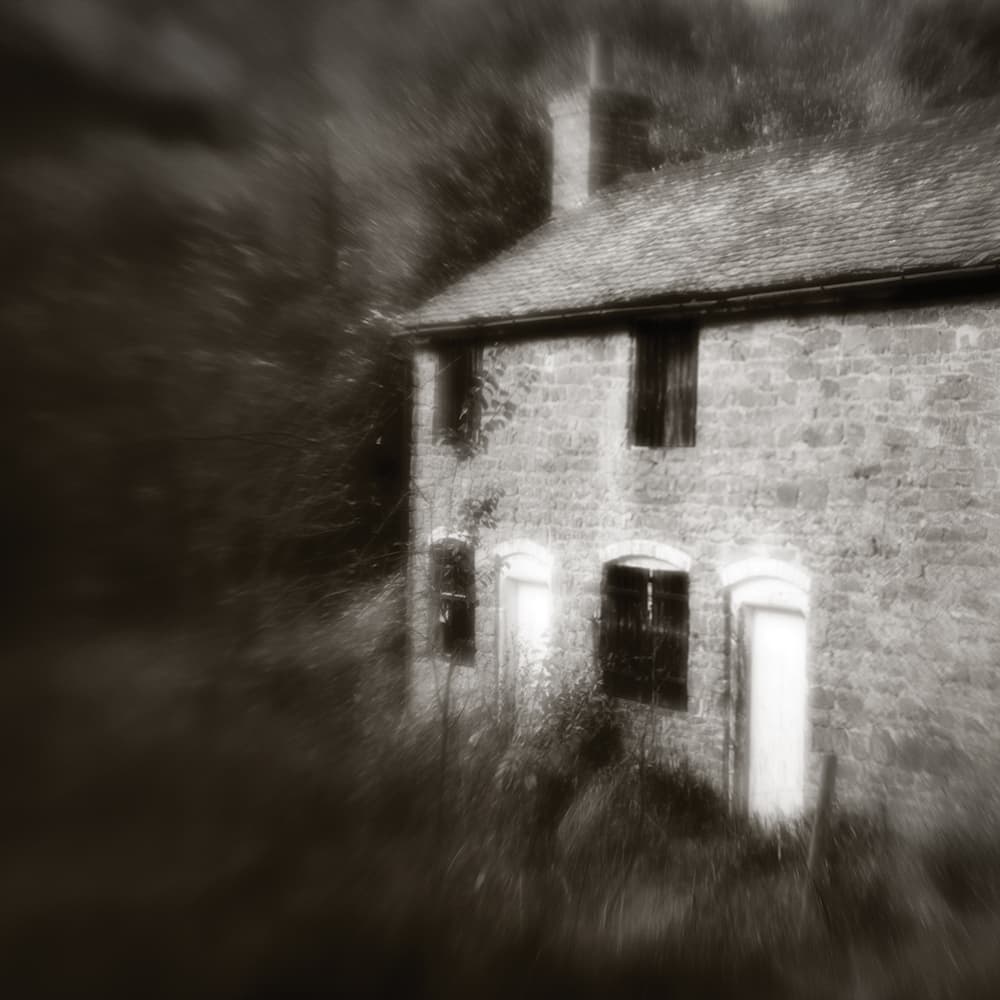
Learn to accept a certain loss of control and go with the flow
Suppliers
- Maker of some wonderful pinhole cameras: www.zeroimage.com
- Pinhole cameras, adapters and accessories: www.pinholesolutions.co.uk
- Holgas and other great lo-fi gear: www.holgamods.com
- An Aladdin’s cave of lo-fi equipment: shop.holgadirect.com
- Classic cameras (including the Holga, Diana, Lubitel TLR and the Lomo), films, bags, books, magazines – in fact, everything for the lo-tech photographer: www.lomography.com
- A source of film for Polaroid instant cameras, as well as refurbished cameras and accessories: uk.impossible-project.com
Steve Gosling is an award-winning professional photographer who specialises in producing fine-art landscape and travel images. He is an experienced instructor, having run workshops in the UK and abroad, inspiring photographers of all levels from across the world. www.stevegoslingphotography.co.uk

